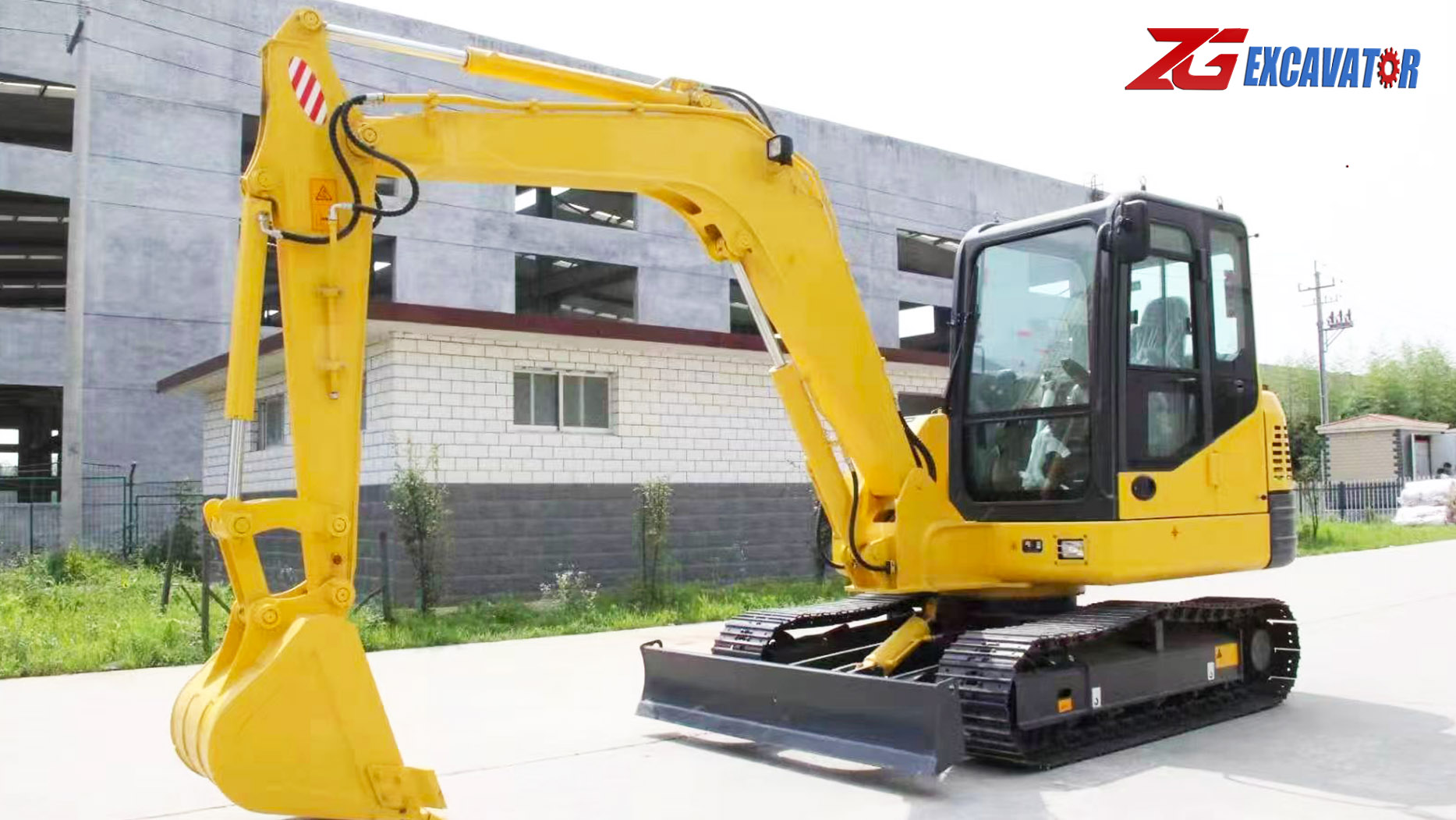Mastering the Art of Benching and Sloping Excavations
Introduction
Excavation, a fundamental process in construction, involves removing earth to create space for foundations, basements, or other structures. However, steep slopes in excavations can pose significant safety risks. To mitigate these risks, engineers and contractors employ techniques like benching and sloping. This article delves into the principles, methods, and safety considerations associated with these techniques.
Take (zgexcavator)MY10 for example.Understanding the Risks of Steep Slopes
Steep slopes are prone to soil instability and collapse, which can lead to:
Cave-ins: These can trap and injure or kill workers.
Soil Erosion: Erosion can damage surrounding infrastructure and pollute waterways.
Equipment Damage: Collapsed soil can damage heavy machinery.
The Importance of Benching and Sloping
Benching and sloping are effective methods for mitigating these risks by reducing the angle of the slope. By breaking the slope into a series of horizontal benches or gradually sloping the face, the stability of the excavation is significantly improved.
Benching Technique
Benching involves creating a series of horizontal shelves or steps along the slope. Each bench provides a stable working platform and reduces the overall slope angle.
Key Considerations for Benching:
Bench Width: The width of each bench should be sufficient for safe working conditions and equipment operation.
Bench Height: The height of each bench should be limited to prevent soil instability.
Slope Angle: The slope angle between benches should be kept within safe limits, typically 1:1 or flatter.
Soil Type: The soil type significantly influences the required bench dimensions and slope angles. Cohesive soils generally require less aggressive benching than loose, granular soils.
Water Table: The presence of a high water table can increase the risk of slope instability. Proper drainage measures should be implemented.
Sloping Technique
Sloping involves gradually reducing the angle of the slope to a safe level. This technique is often used for large-scale excavations or where benching is impractical.
Key Considerations for Sloping:
Slope Angle: The maximum safe slope angle depends on the soil type and other site-specific factors. Generally, a slope angle of 1:2 or flatter is considered safe for most soils.
Soil Reinforcement: In some cases, soil reinforcement techniques, such as geotextiles or shotcrete, may be required to stabilize the slope.
Drainage: Proper drainage is essential to prevent water from saturating the soil and increasing the risk of slope failure.
Safety Precautions
Site Inspection: Conduct a thorough site inspection before starting excavation work to identify potential hazards and develop a safe work plan.
Engineering Design: Consult with a qualified engineer to design the excavation and ensure it meets safety standards.
Soil Testing: Perform soil tests to determine the soil's properties and select appropriate benching or sloping techniques.
Protective Barriers: Install protective barriers, such as fencing or netting, to prevent unauthorized access to the excavation site.
Regular Inspections: Conduct regular inspections to monitor the stability of the excavation and identify any signs of distress.
Emergency Procedures: Develop and implement emergency procedures, including evacuation plans and contact information for emergency services.
Personal Protective Equipment (PPE): Ensure that all workers wear appropriate PPE, including hard hats, safety glasses, gloves, and steel-toed boots.
Training: Provide adequate training to all workers involved in excavation work, including safety procedures, equipment operation, and emergency response.
Conclusion
By following these guidelines and adhering to strict safety protocols, you can ensure the safe and efficient execution of benching and sloping excavations. Remember, the ultimate goal is to protect workers, prevent accidents, and minimize environmental impact.
Post time:Dec.16.2024



